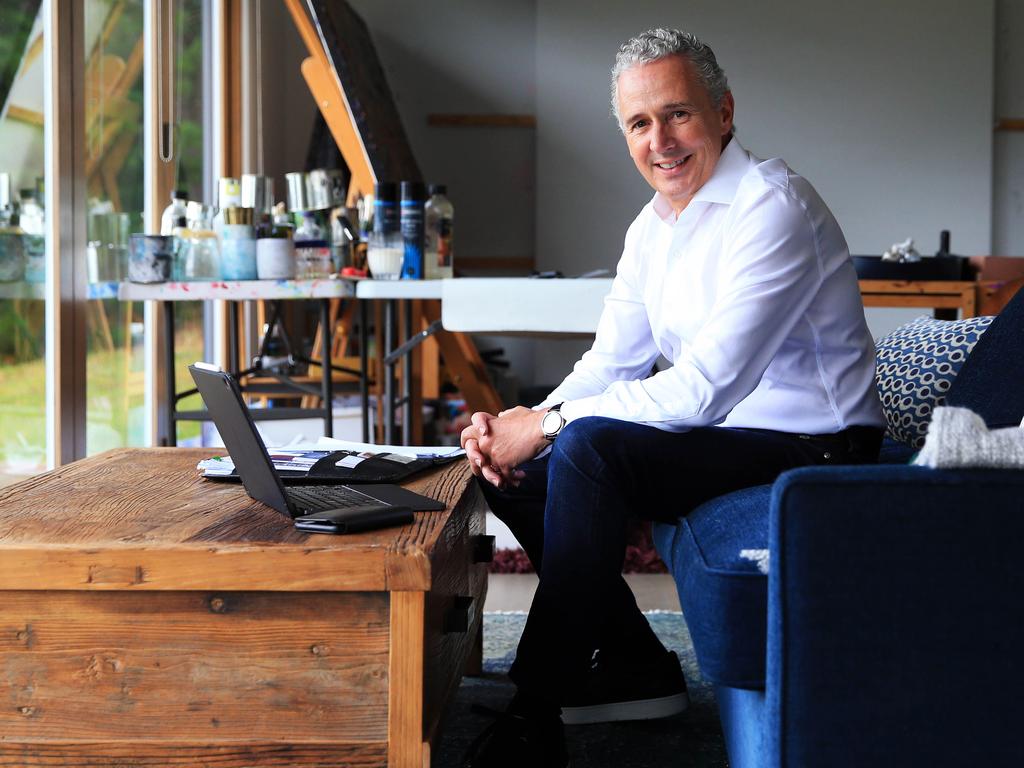
If the sharemarket fell more than 7 per cent across the year, how did funds finish with an average dip of just 0.5 per cent? The answer is revealed in new research that looks at the strategic retreat of Australian super funds from the local share market in the decade since the GFC.
Following the losses of the GFC era when share prices fell 50 per cent from top to bottom from November 2007 to March 2009, the majority of Australia’s biggest super funds moved steadily out of the ASX and into international share markets.
But the most dramatic move was an industry wide step away from traditional fixed income such as bonds into “alternatives” coupled with a shift from listed property and infrastructure to unlisted versions of the same assets.
“It’s been a useful shift away from volatile listed markets and a corresponding increase in unlisted and alternative assets - it certainly made a difference in recent times,” says Mano Mohankumar, senior research manager at superannuation research specialist Chant West.
The research also reveals that big funds also held tightly to cash with the levels changing very little.
Large funds actually had more in cash at the start of the this year’s crash in March than they had before the GFC crash even though cash interest rates were many times higher back in 2006.

Between 2006 and 2020 cash levels at big funds actually inched ahead from 3.8 per cent to 4 per cent - more recently some of the larger funds have increased cash levels again.
The Chant West figures are for the most widely held super funds in the market - so called growth funds that hold between 60 and 80 per cent of their total assets in shares - the numbers reflect strategic allocation targets.
With the big move into unlisted assets and alternatives, the sector that got hit hardest over the past decade has been Australian shares where funds generally have 7 per cent less ASX-listed shares than prior to the GFC.
The major diversification away from Australian shares over the decade has been a boon for big funds because the ASX has not delivered much price improvement over the term studied - in December 2006 the ASX 200 was near 5400 and today it is around 6143 - a price increase of just 14 per cent over 14 years.
More recently the ASX 200 finished the year to June down 7.5 per cent but international shares managed an unhedged return of around 3.5 per cent.
The improved allocation to overseas shares along with the returns of some unlisted assets substantially underpinned the relatively solid performance of local funds.
“The shock of the GFC was a real catalyst for many of our major funds and it made them more resilient,” says Mohankumar.
Meanwhile, the Rainmaker research group issued its numbers for the MySuper sector on Tuesday showing a similar relatively strong performance with an average return of minus 0.7 per cent.
The Rainmaker group pointed to the performance in overseas shares in Australian dollar terms as a key component of the returns.








For millions of Australians shocked by the torrent of grim financial news this year, the relatively strong performance of local super funds, which mostly finished unchanged in the 12 months to June 30, has been a mystery.